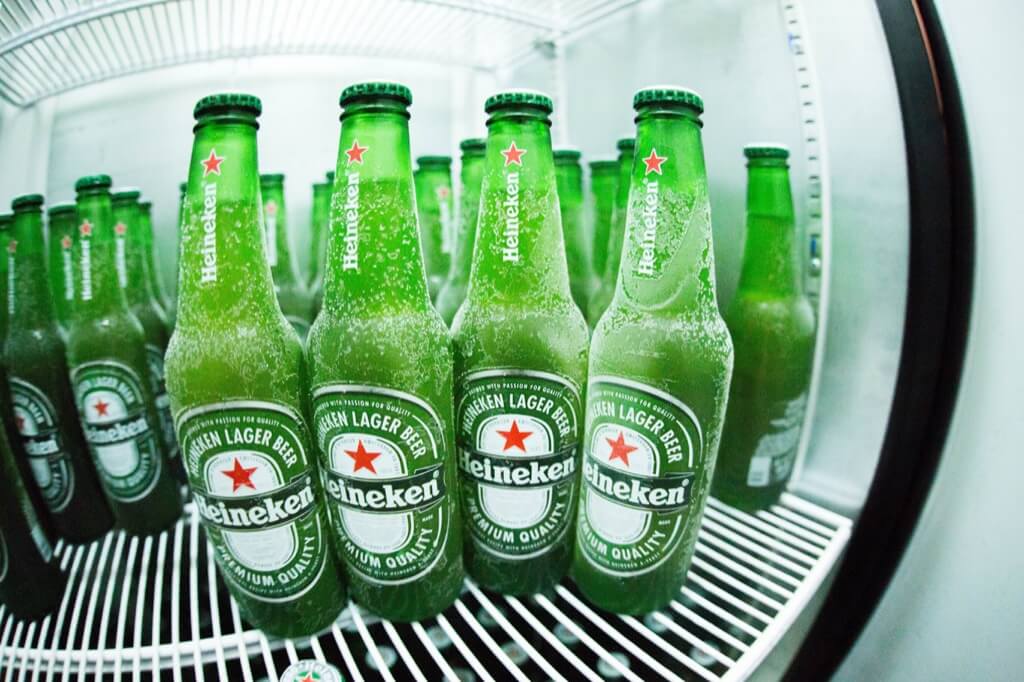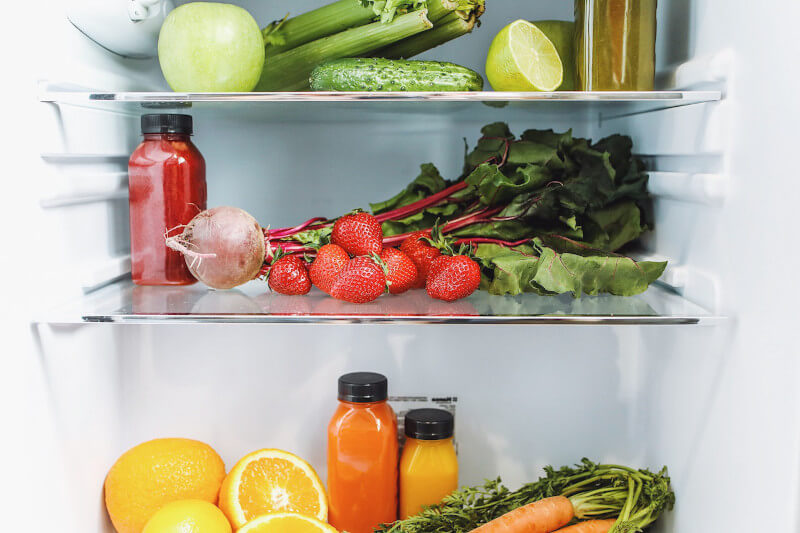Let’s dive into the science behind why that hearty bowl of beans might leave you feeling a little more gassy than you’d prefer. Today, we’re uncovering the secrets of these musical fruits and the curious culprits causing that unwanted gas.
The Sugar Conundrum
Ever wondered why beans seem to have this notorious reputation for inducing gas? The key lies in a sugar molecule called ‘oligosaccharides’ that resides within these legumes. Interestingly, our stomachs and small intestines lack the necessary enzymes to break down these sugars effectively. As a result, when they reach the large intestine, they become a feast for a bustling community of bacteria.
The Gas Factory
Now, this is where the real magic, or rather, the ‘explosive’ action happens. The breakdown of these sugars by the diverse bacteria in the large intestine results in the release of gases like hydrogen, nitrogen, and carbon dioxide. While these gases may not have a distinct odor, they can lead to some rather embarrassing moments.
The Methane Menace
But wait, there’s more! Around a third of these busy microorganisms use the energy from the sugar breakdown to produce methane. Harmless in small quantities, methane can quickly accumulate, causing some uncomfortable pressure on your anal sphincter. And voila, there goes the much-dreaded ‘pull my finger’ prank!
Understanding the Digestive System
To grasp the full picture, let’s take a stroll through the intricate workings of your digestive system. From the moment food enters your mouth, it sets off a complex process orchestrated by enzymes and acids to break it down into absorbable nutrients. While most nutrients find their way into the circulation through the small intestine, the large intestine plays a crucial role in water absorption and the breakdown of certain fibers, including oligosaccharides.
Taming the Gas Monster
There are ways to outsmart the gas troubles and savor your beans in peace. Enter ‘Beano,’ the secret weapon against beans’ gas-related shenanigans. Laden with Alpha-Galactosidase, an enzyme that curbs the production of gas by large intestine bacteria, Beano can be your trusty sidekick, ensuring a gas-free culinary experience. Alternatively, a simple pre-soak of your beans before cooking can significantly reduce the oligosaccharide content, granting you and your dinner companions a breath of fresh air.
Your Microbial Universe
Did you know your gut houses an entire universe of about 100 trillion microbial cells? Surprisingly, that’s almost ten times the number of cells you have in your body. Sounds a bit creepy, doesn’t it?
The Gas Brigade
Remember, it’s not just beans that can lead to gas troubles. Artificial sweeteners like mannitol and sorbitol, dairy products, fruits like apples and bananas, veggies including broccoli and cauliflower, high-fat foods, and wheat-heavy products can also contribute to your gassy woes.
The Transplant Solution
Ever heard of a poop transplant? While it might sound gross, this innovative procedure can be a lifesaver for those suffering from severe bowel infections like Clostridium difficile. By introducing healthy flora from a donor’s feces, doctors can combat the harmful infection effectively, leading to a remarkable 90% success rate.
Fecal Therapy Statistics
In a surprising statistic, about thirteen out of every one thousand hospital patients are infected with Clostridium difficile, highlighting the seriousness of this condition and the potential need for innovative treatments like fecal transplants.
Unconventional Treatment Tales
In a rather unusual case from Nova Scotia, a desperate 66-year-old man resorted to self-fecal bacteriotherapy when faced with a canceled operation due to hospital regulations. Employing a “MacGyver-like” approach, he combined his cousin’s excrement with water and administered the slurry rectally, showcasing the lengths some would go for relief.
Intestinal Length Matters
While both sexes have a similar average small intestine length, around 22 to 23 feet, individual variations can range from 15 to 32 feet. As for the large intestine, it typically measures about 4 feet and 9 inches, allowing for proper nutrient absorption and waste management in your body.
The Farting Etiquette
Ah, the classic childhood game of “Door-knob, Safety.” Remember, if someone claims “safety” after a fart, you have to touch a doorknob before giving them a friendly tap. It’s all about maintaining that lighthearted camaraderie, even in the most gas-filled situations!
Promoting Digestive Health
Beans are a rich source of dietary fiber, aiding in regular bowel movements and promoting a healthy digestive system. The soluble fiber in beans helps maintain stable blood sugar levels and can contribute to lowering cholesterol levels, reducing the risk of heart disease and diabetes.
Nutritional Powerhouse
Packed with essential nutrients such as protein, complex carbohydrates, vitamins, and minerals, beans offer a well-rounded nutritional profile. They are particularly rich in iron, which is crucial for the production of red blood cells, and they also provide a sustainable source of energy.
Weight Management Support
The high fiber and protein content in beans can promote a feeling of fullness, which may help in controlling appetite and managing weight. Including beans in your diet can potentially aid in weight loss and weight management efforts.
Potential Digestive Discomfort
While the fiber in beans is beneficial, it can also cause digestive discomfort for some individuals, leading to gas, bloating, and abdominal discomfort. The oligosaccharides present in beans can be difficult for some people to digest, resulting in flatulence and gastrointestinal distress.
Antinutrient Content
Beans contain antinutrients such as phytates and lectins, which can hinder the absorption of certain minerals like zinc, calcium, and iron. If not prepared properly, these antinutrients can potentially reduce the bioavailability of these essential minerals in the body.
Allergies and Sensitivities
In some cases, individuals may have allergies or sensitivities to beans, which can manifest as allergic reactions or digestive disturbances. These reactions can range from mild symptoms like itching or hives to more severe responses like anaphylaxis, making it essential to be aware of any allergic tendencies before consuming beans.
How To Deal With The Bean Bloat
Understanding Your Body
Recognize how your body reacts to different types of beans and their preparation methods. Be mindful of the specific beans that tend to cause more discomfort and adjust your consumption accordingly.
Soaking and Sprouting Techniques
Implement soaking and sprouting techniques to reduce the oligosaccharide content in beans, making them easier to digest. Experiment with various soaking times and methods to find what works best for your digestive system.
Slow Introduction to Your Diet
Gradually introduce beans into your diet to allow your digestive system to adapt to the increased fiber intake. Start with smaller portions and gradually increase the serving size as your body adjusts to the dietary changes.
Pairing Beans with Digestive Enzymes
Consider consuming beans alongside digestive enzymes such as alpha-galactosidase, which can aid in breaking down complex carbohydrates and reducing gas production. Look for enzyme supplements or natural sources that can complement your bean consumption.
Combining Beans with Digestion-Friendly Foods
Pair beans with digestion-friendly foods such as herbs, spices, and certain vegetables that can help alleviate gas and bloating. Experiment with different combinations to find a balance that supports your digestive health.




